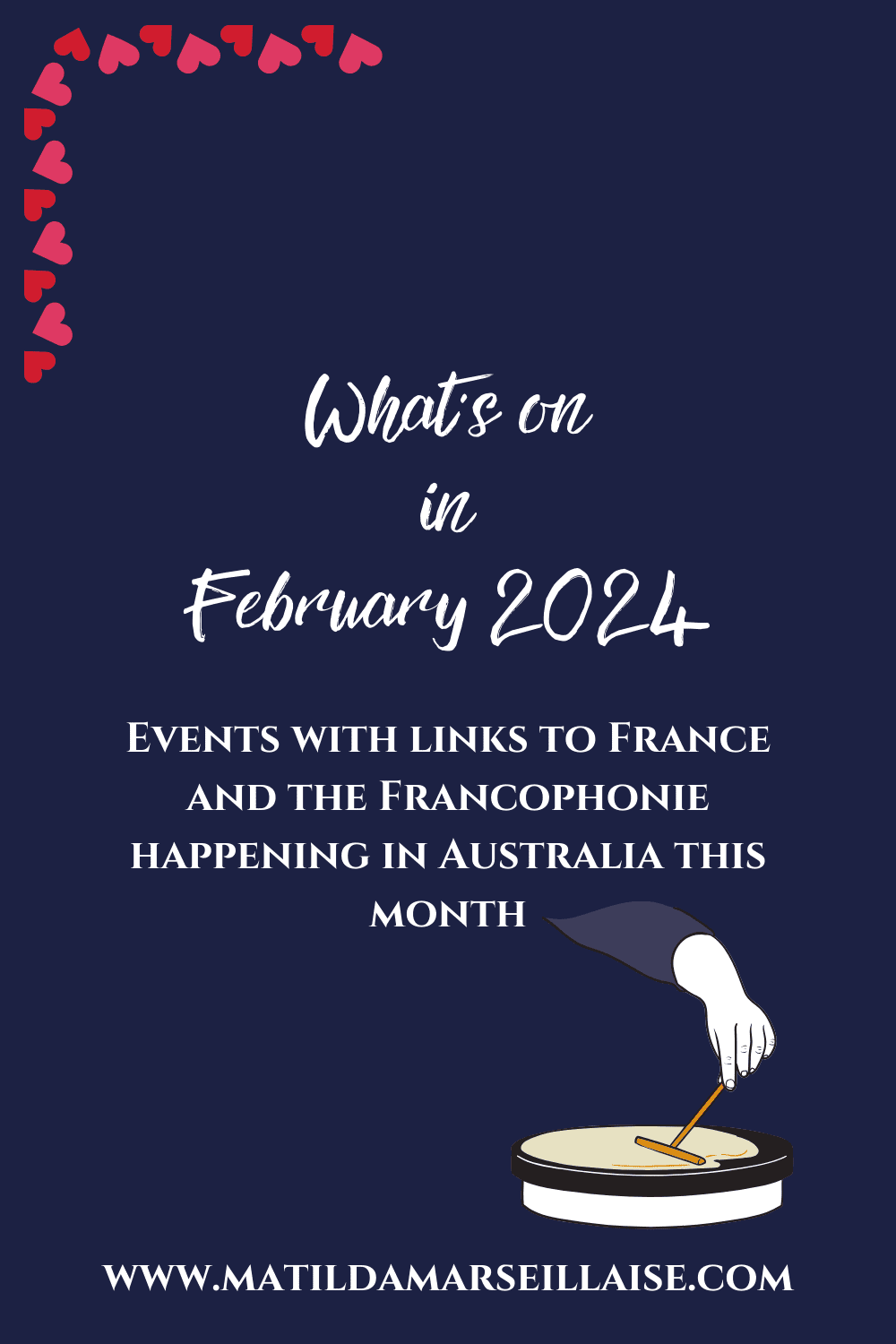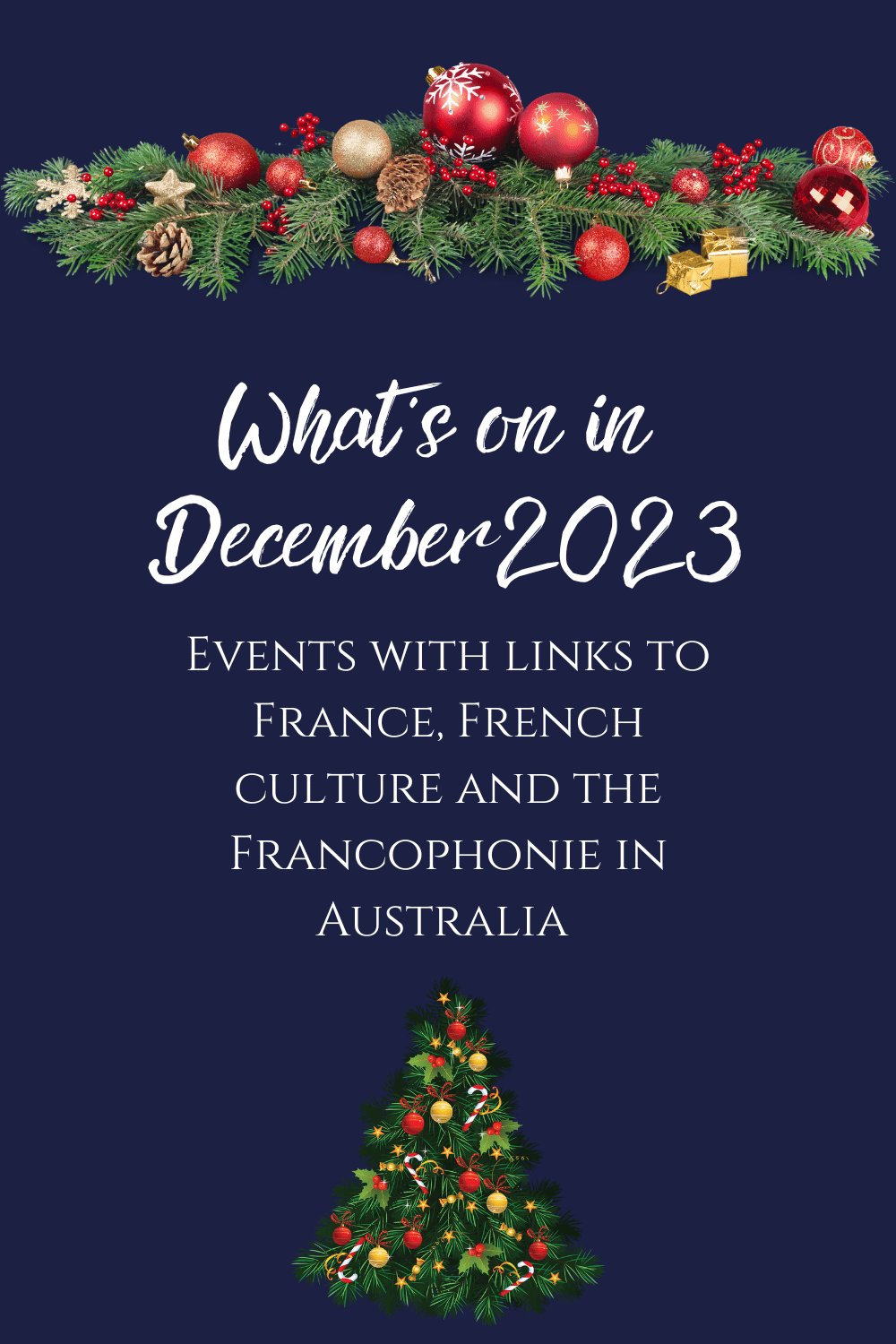Adelaide Festival 2022 has seen the Australian premiere of a double bill featuring new production of Pina Bausch’s The Rite of Spring and a newly created piece, common ground[s].
![The Rite of Spring / common ground[s]](https://i0.wp.com/matildamarseillaise.com/wp-content/uploads/2022/03/Adelaide-Festival-2022-32.png?resize=640%2C960&ssl=1)
Germaine Acogny, known as the mother of African dance, is the co-founder of the influential École des Sables in Toubab Dialaw, Senegal, a centre for the teaching and development of traditional and contemporary African dance and a long-time fan of Pina Bausch’s work. It is Acogny’s École des Sables that co-produced the version of The Rite of Spring that we see performed next. The co-production with the Pina Bausch Foundation, and Sadler’s Wells in London, recruited 38 dancers (from more than 200 who sent in audition tapes) from 14 African countries to perform the work.
Malou Airaudo born in Marseille, has been dancing since she was 8. After meeting Pina Bausch in New York in the early 1970s, the latter invited Airaudo to join her in Wuppertal, Germany where the director of the city’s theatres Arno Wüstenhöfer had just appointed her at the head of the Wuppertal Ballet, which she soon renamed the Tanztheater Wuppertal. Airaudo became one of the key figures of the ensemble, creating major roles in various productions, such as Iphigenie auf Tauris, Orpheus und Eurydike, Café Müller and dancing The Rite of Spring as well as in many other pieces
common ground[s] starts with the theatre in complete darkness and silence before the backdrop slowly changed from black to orange like the rising of the sun (Lighting Designer: Zeynep Kepekli). Slowly we make out the silhouettes of two people seated on stage against the orange background. A little more time passes before we see the women clearly.
![common ground[s]](https://i0.wp.com/matildamarseillaise.com/wp-content/uploads/2022/03/Common-Grounds-1_Photo-by-Andrew-Beveridge.jpg?resize=640%2C427&ssl=1)
In this fairly minimalist set, there is particularly clever use of a large stick, which at first appears to be a spear, soon after becomes an oar, and as the piece closes, a stomping stick.
At time, the pair mirrored each other’s movements, other times there is a juxtaposition between Malou Airaudo’s fluid movements and Germaine Acogny’s more rigid movements.
At one point Germaine Acogny appears to be reckoning with the Heavens, almost as if she is asking why. Not long after, she breaks into laughter, and the pair into song – the pair laugh in French about all the people they’ve known (“les gens que j’ai rencontré”). There are no surtitles, their voices are not amplified so much of the audience may have wondered what they were talking and singing about. Then Acogny says over and over the “oiseau était rouge et noir” (the bird was black and red) – is this meant to be the bird that was just projected onto a sheet that draped from the ceiling?
![common ground[s]](https://i0.wp.com/matildamarseillaise.com/wp-content/uploads/2022/03/Common-Grounds-4_Photo-by-Andrew-Beveridge.jpg?resize=640%2C427&ssl=1)
Other projections follow, a photo of an African man, wearing a pale suit, bowtie and a hat. Then of two children. No explanation is offered as to who they are – are they these women’s family members? Are the children these women?
We see the women again seated, this time washing their feet before Germaine Acogny dips a piece of cloth into the water and slowly moves around the stage, appearing almost as if she were taking strides across an ice-skating rink.
Throughout the piece there is a sense of overwhelming sadness or grief in Germaine Acogny’s movements but we never find out why.
The back screen becomes a dark blueish-purple as the day turns to night. The women return to their seated positions and Malou Airaudo stomps her foot as the lights dim and common ground[s] closes.
common ground[s] was a moving piece detailing a day in the life of two women. We don’t know their background, or who they are to each other. The tenderness of common ground[s] was the perfect opening piece for the frenetic pace of The Rite of Spring which was to follow.
—
During interval, those of us who stayed inside Her Majesty’s Theatre were able to witness the momentous efforts required to set the stage for The Rite of Spring. A large off-white stage covering was hammered down before no less than 9 large bins were wheeled onto stage and upended (each by 4 or 5 people), emptying and raking dirt onto and across the stage. While you may to be up close and personal in the front row, you do run the risk getting dirt in your eyes when the dancers approach!

—
The Rite of Spring opens with a woman lying on a piece of red fabric – a stark contrast to the darkness of the dirt upon which she lies. Gradually the other women run onto the stage, initially one by one, then in pairs. A word that came to mind frequently throughout the 35-minute performance was frenetic. Another: frantic. The women become increasingly concerned, scared and frantic about this red dress. They react violently at times, as if possessed. Their movements at times convulsion-like. When the men appear on stage, the women disperse around the stage. At one point the dress is a bit like the game “hot potato, hot potato” with the women throwing it one to the other – no one wants to hold this dress – and therefore be the one to wear it and dance to their fateful death.
The women’s fear, cowering at times under the men’s presence, and often to the threatening beats of the score, is palpable. We feel their anguish not just of potentially being the chosen one but of having to sacrifice one of their own. There is a part of the performance where the women, one by one, separate from their huddle in the back corner of the stage holding the red fabric in a ball. Will they leave their throng? This part was incredibly powerful – their scurrying back to the safeness of the huddle.
The men vary between appearing as menacing or them too feeling anguish at the sacrifice they are about to make. The woman chosen to wear the red dress dances to exhaustion – falling, getting back up again, dancing some more and then falling to the stage to not rise again.

Having never seen Pina Bausch’s version of Rite of Spring before, I was viewing it for the first time as danced by these incredible dancers from 14 countries across the African continent. Usually, the Pina Bausch Foundation transmits Pina Bausch’s choreographies to international ensembles. Here, though it decided that to transmit The Rite of Spring, it didn’t want an existing company but rather an ensemble of dancers who come together specifically to rehearse this piece.
Even without considering the powerful dance techniques exhibited and Pina Bausch’s interpretation of The Rite of Spring as a tribal rite, it is a visual feast. We see a simple yet effective juxtaposition of the beige dresses on the women’s black skin. The men dressed in black pants and topless. At times men in one corner and women in the diagonally opposite one creates a monochrome divide. When the women and the men intermingle, particularly the part of the piece in which they are running around in a circle, in a man, woman, man, woman order, audiences are treated to an appealing contrast.
This double-bill of common ground[s] and Rite of Spring was incredibly well received with many in the crowd giving a standing ovation.

🥐🥐🥐🥐🥐
5 CROISSANTS
Matilda Marseillaise was a guest of Adelaide Festival
The Adelaide Festival season of The Rite of Spring and common ground[s] has now concluded.
For other shows at Adelaide Festival with French links, read this article





